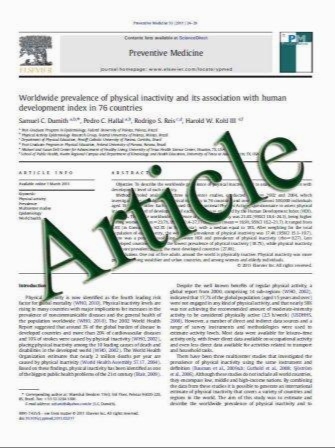Surgical Management of Renal Cystic Disease
- نوع فایل : کتاب
- زبان : انگلیسی
- مؤلف : Mayank Mohan Agarwal & Ashok K. Hemal
- چاپ و سال / کشور: 2010
Description
The kidney is one of the most common sites for cyst in the body (prevalence about 5%). Symptomatic or incidental cyst needs to be characterized further based on Bosniak classification as simple (Bosniak type I & II) or complex (Bosniak type III & IV) cysts with respect to risk of malignancy or other effects on the kidney. The management of simple cysts is entirely for its symptoms or complications (eg, hemorrhage, infection, hydronephrosis, and hypertension). Percutaneous aspiration alone or with sclerotherapy often is the first-line treatment. Surgical decortication generally is reserved for recurrent or very large symptomatic cysts. Laparoscopic surgery is highly efficacious and is associated with high satisfaction rates with minimal morbidity. Retroperitoneal approach is generally preferred, especially in infected or hydatid renal cyst to avoid spillage or contamination of virgin peritoneal cavity. Cyst decortication seems to be an appropriate indication for newer-emerging single-port laparoscopic approaches such as natural orifice transluminal endoscopic surgery, single-incision laparoscopic surgery, or laparoendoscopic single-site surgery. Where available, robot-assisted surgical management can supplant pure laparoscopic management for complex cysts, hydatid cyst, peripelvic cyst, and autosomal dominant polycystic kidney disease without any outstanding benefits, but with added cost, when robot is used.
Curr Urol Rep (2011) 12:3–10 DOI 10.1007/s11934-010-0152-2 Published online: 25 November 2010


